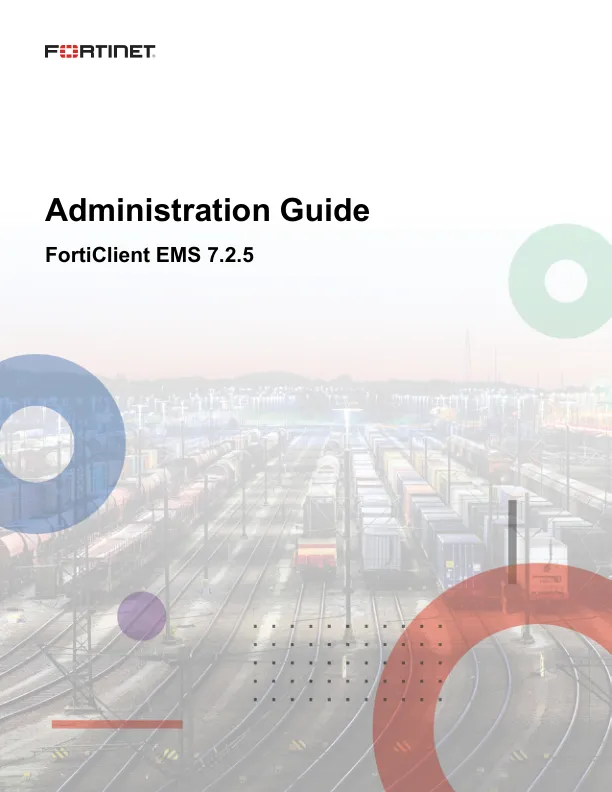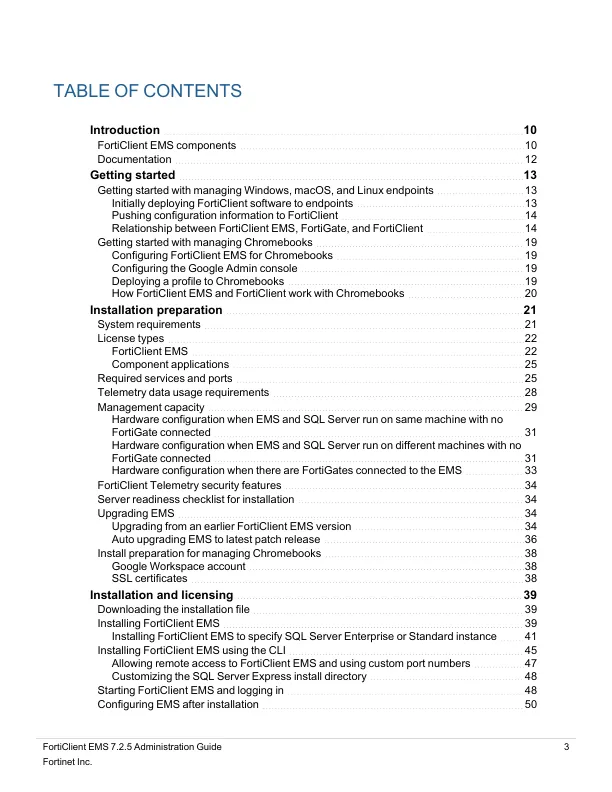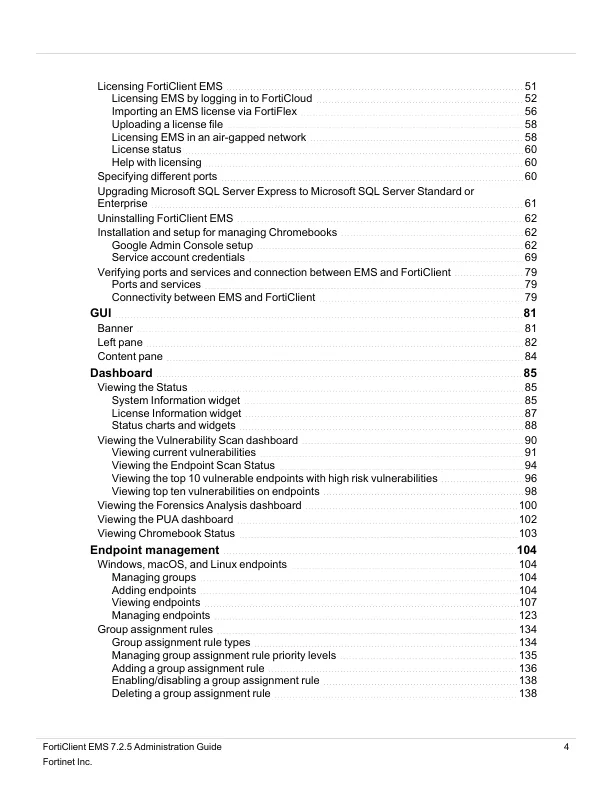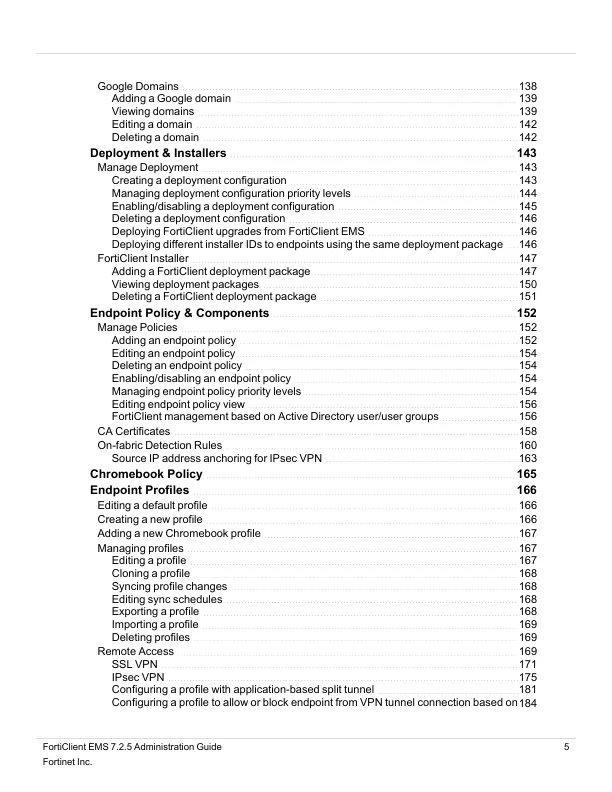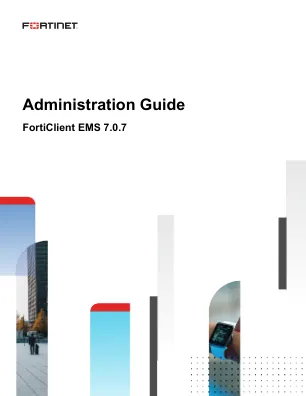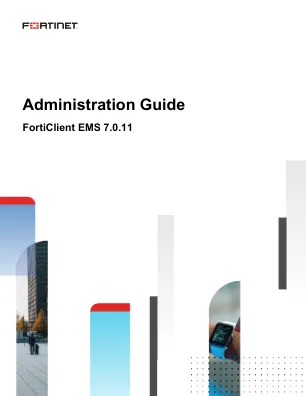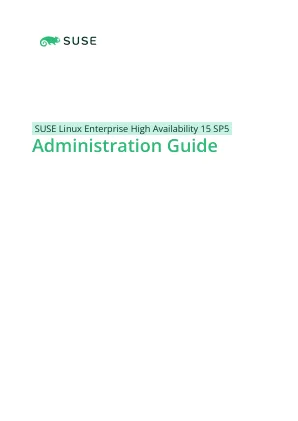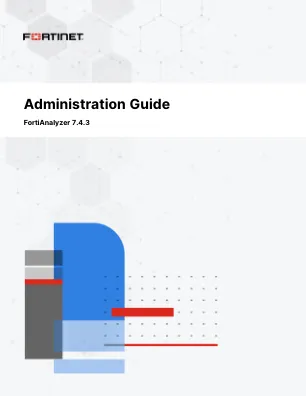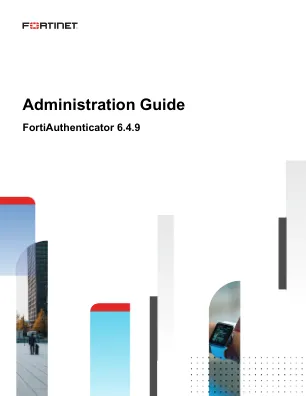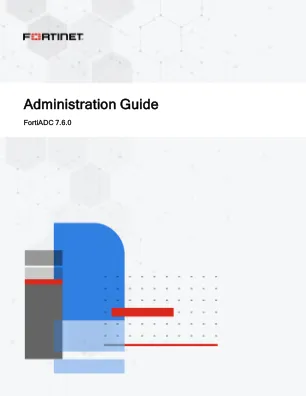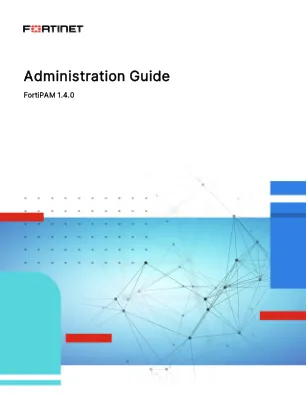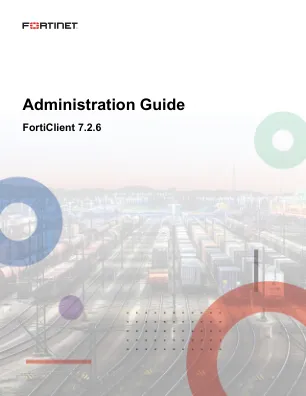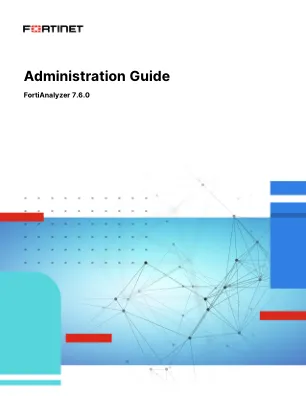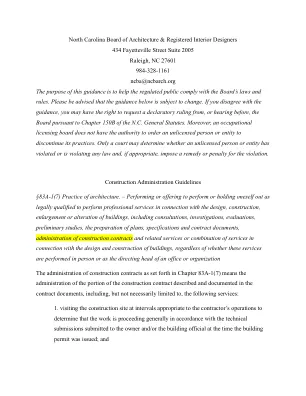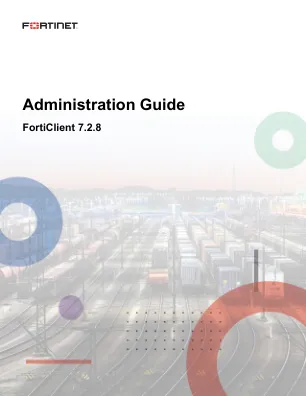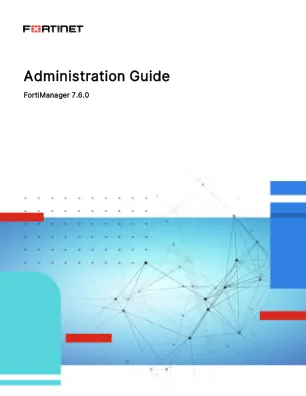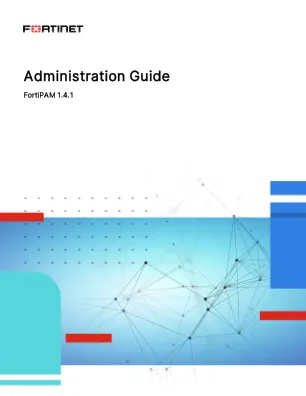Introduction 10 FortiClient EMS components 10 Documentation 12 Getting started 13 Getting started with managing Windows, macOS, and Linux endpoints 13 Initially deploying FortiClient software to endpoints 13 Pushing configuration information to FortiClient 14 Relationship between FortiClient EMS, FortiGate, and FortiClient 14 Getting started with managing Chromebooks 19 Configuring FortiClient EMS for Chromebooks 19 Configuring the Google Admin console 19 Deploying a profile to Chromebooks 19 How FortiClient EMS and FortiClient work with Chromebooks 20 Installation preparation 21 System requirements 21 License types 22 FortiClient EMS 22 Component applications 25 Required services and ports 25 Telemetry data usage requirements 28 Management capacity 29 Hardware configuration when EMS and SQL Server run on same machine with no FortiGate connected 31 Hardware configuration when EMS and SQL Server run on different machines with no FortiGate connected 31 Hardware configuration when there are FortiGates connected to the EMS 33 FortiClient Telemetry security features 34 Server readiness checklist for installation 34 Upgrading EMS 34 Upgrading from an earlier FortiClient EMS version 34 Auto upgrading EMS to latest patch release 36 Install preparation for managing Chromebooks 38 Google Workspace account 38 SSL certificates 38 Installation and licensing 39 Downloading the installation file 39 Installing FortiClient EMS 39 Installing FortiClient EMS to specify SQL Server Enterprise or Standard instance 41 Installing FortiClient EMS using the CLI 45 Allowing remote access to FortiClient EMS and using custom port numbers 47 Customizing the SQL Server Express install directory 48 Starting FortiClient EMS and logging in 48 Configuring EMS after installation 50
管理指南 - forticlient EMS 7.2.5
